
Almost 2,000 episodes of “One Piece” may seem like a steep commitment for anybody looking to impress their anime-savvy partner, because it is — it’s cracked. Still there’s merit to indulging in a series as extensive as “JoJo’s Bizarre Adventure” or “Attack on Titan” — if not for their distinct and worthwhile story beats, then at least for the personal payoff of having inside jokes with an understanding of deep-lore references with your partner.
I had one shot at convincing my partner to not only invest their time in what some consider “juvenile” and “otaku-adjacent,” but also to establish personal connections and grow emotionally invested in what was happening on-screen. I factored in genre, digestibility, fan service, and length to craft an entry-level list of the series most likely to be worthwhile introductions to the diverse world of narrative-rich anime.
‘Chainsaw Man’ (2022 to Present)
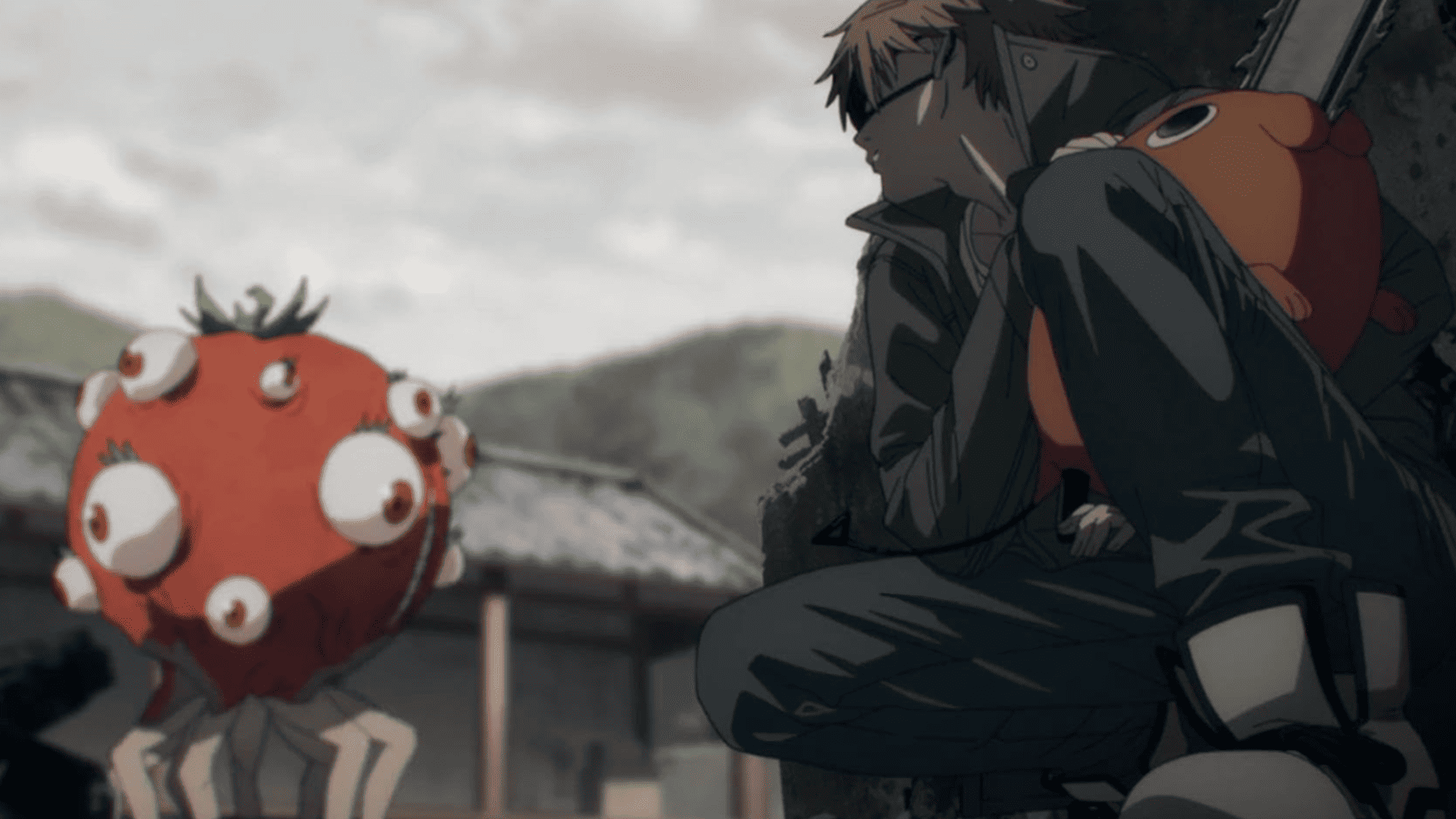
The best anime boasts an unforgettable art style, implementing unique, stylistic elements that elevate its desired visual language and aesthetics above the rest. Fans of A24 films rejoice: “Chainsaw Man” parallels the studio in those respects. In addition to the arthouse-gore and sexually charged themes, “Chainsaw Man” complements the studio’s avant-garde palette with its grainy and film-adjacent color-grading approach to animation. The writing is chock-full of fan service, but it’s always intentional and used as a tool of recurring motivation for the protagonist, Denji — seemingly overdone at times, but never truly senseless.
“Chainsaw Man” is an anime for the modern film buff, composed of captivating shots and thoughtful art direction. It proves worthy of study with its varying levels of craftsmanship and attention to detail. A slave to his shortcomings and debts, Denji’s only option is to be a devil hunter in service of those his late father was indebted to. When a contract job goes awry, he strikes a deal with his devil companion, sacrificing part of himself to become half-devil. Narratively and visually, there’s plenty to dissect in the first season alone.
‘Demon Slayer: Kimetsu No Yaiba’ (2019 to Present)
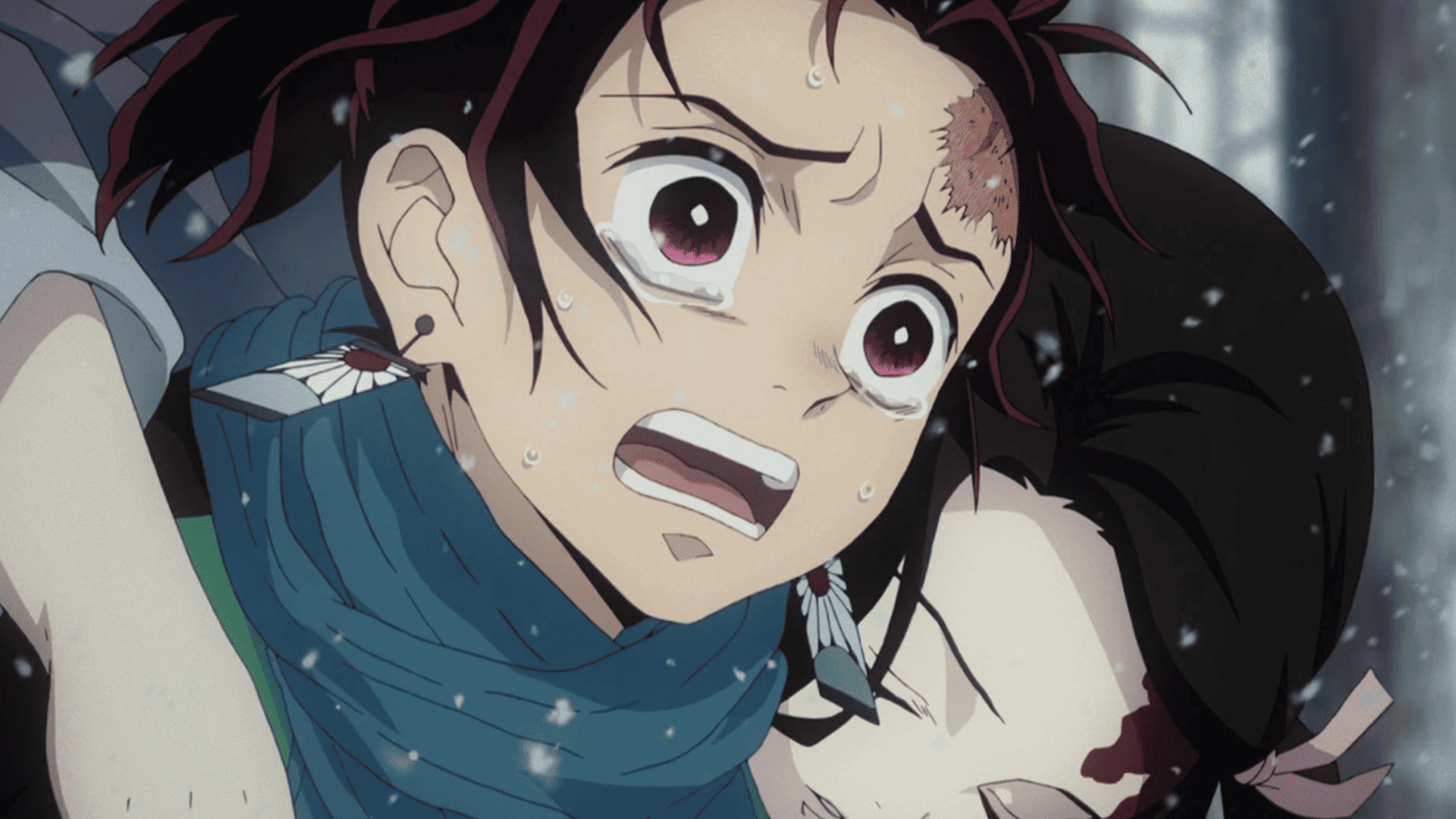
The protagonist’s motivation is essential to whether viewers will decide to invest themselves emotionally in the journey. It’s common for the protagonist of a shonen series to be motivated by fame, glory, or honor — a valid reason for any worthy underdog. But the stakes for Tanjiro Kamado in “Demon Slayer: Kimtesu no Yaiba” are higher and more dire: He must rescue his younger sister, Nezuko, and undo the demon transformation she’s gradually succumbing to before it’s irreversible. Beyond the traditional expectations of the eldest to protect and be responsible for their siblings, Tanjiro’s trials and commitment to becoming a demon slayer are all powered by the unconditional love for what remains of his family.
On the surface, “Demon Slayer” is a visual spectacle of a shonen, packed with beautifully animated and intricately coordinated action scenes and character design. Beneath the dynamic art and silly writing, however, is a story honed in the value of selflessness, forgiveness, and compassion. Perfect for receptive empaths, the series is the ideal first step into anime for a partner with a soft spot and a big heart. Bonds between heroes and villains are well developed and strained, built up and broken down; the emotional weight of each will be visceral.
‘Kaguya-Sama: Love Is War’ (2019 to Present)
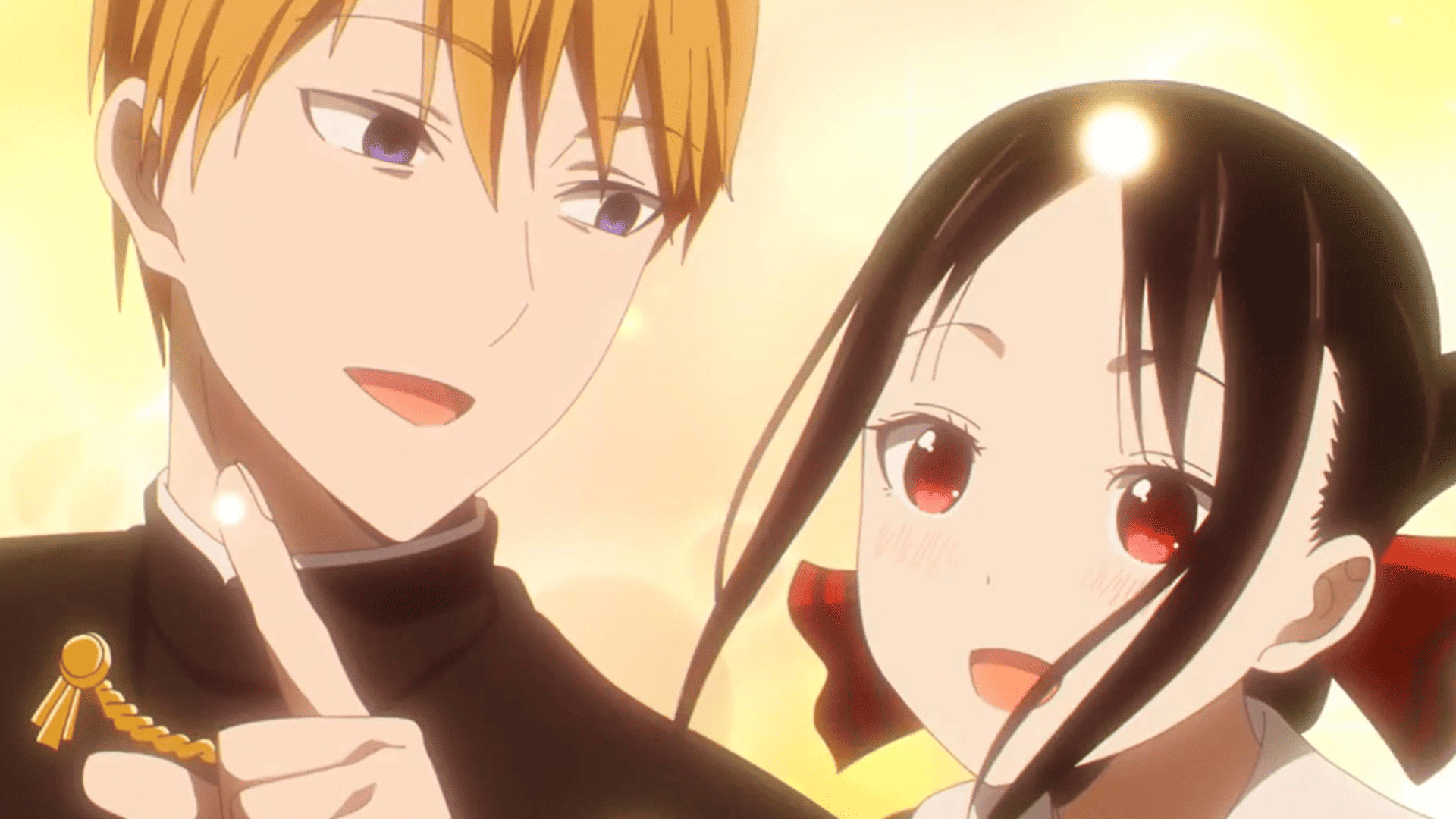
Anime isn’t all hack-and-slash and city-crushing mecha robots. The slice-of-life genre is ideal for someone whose interest lies more in the quirky nuances of everyday life than in the rush of a grandiose world-ending plot. “Kaguya-Sama: Love Is War” narrows down the narrative to two students in a charming duel of pride. Rather than confess their love to each other, Kaguya and Miyuki plot their every move to ensure they aren’t the first to be so weak as to reveal their true feelings.
Their antics throughout the series are highly competitive and deeply strategic and make for endearing commentary on the tug-of-war of young love. Every move and line of dialogue is calculated, paralleling love to a game of high-skill chess. The regular presence of the narrator adds to the seeming element of competition, akin to a sportscaster during a highly anticipated and decisive match. “Kaguya-Sama: Love Is War” is a rom-com perfectly crafted for couples with a sweet but sharp competitive edge.
‘Erased’ (2016)

“Erased,” a TV miniseries based on the manga “Boku dake ga Inai Machi” (“The Town Where Only I Am Missing”), was my first exploration of anime through a profoundly grim and melancholy lens. Hold the high-speed skybox brawls and eclectic yokai tracking and instead sit and watch the snow fall in stunned silence, with the weight of stillness outlasting the high adrenaline I was so eagerly consuming. The story plays out from within Satoru Fujinuma, a tired and disillusioned mangaka artist who possesses the unique gift of being snapped mere moments back in time to prevent varying degrees of harm.
Despite the potential risk to his well-being, Satoru seizes every opportunity at “Revival” to help the respective individual in need. His life, however, is entirely upended when he comes home to the sight of his murdered mother lying in a crimson pool on the kitchen floor. Revival is then triggered. Rather than be sent back to the moments prior with a chance to prevent it, 29-year-old Satoru is whisked way back to his childhood with an opportunity to uncover the mystery and connection between the murder of his mother and childhood friends.
‘Haikyu!!” (2014 to Present)
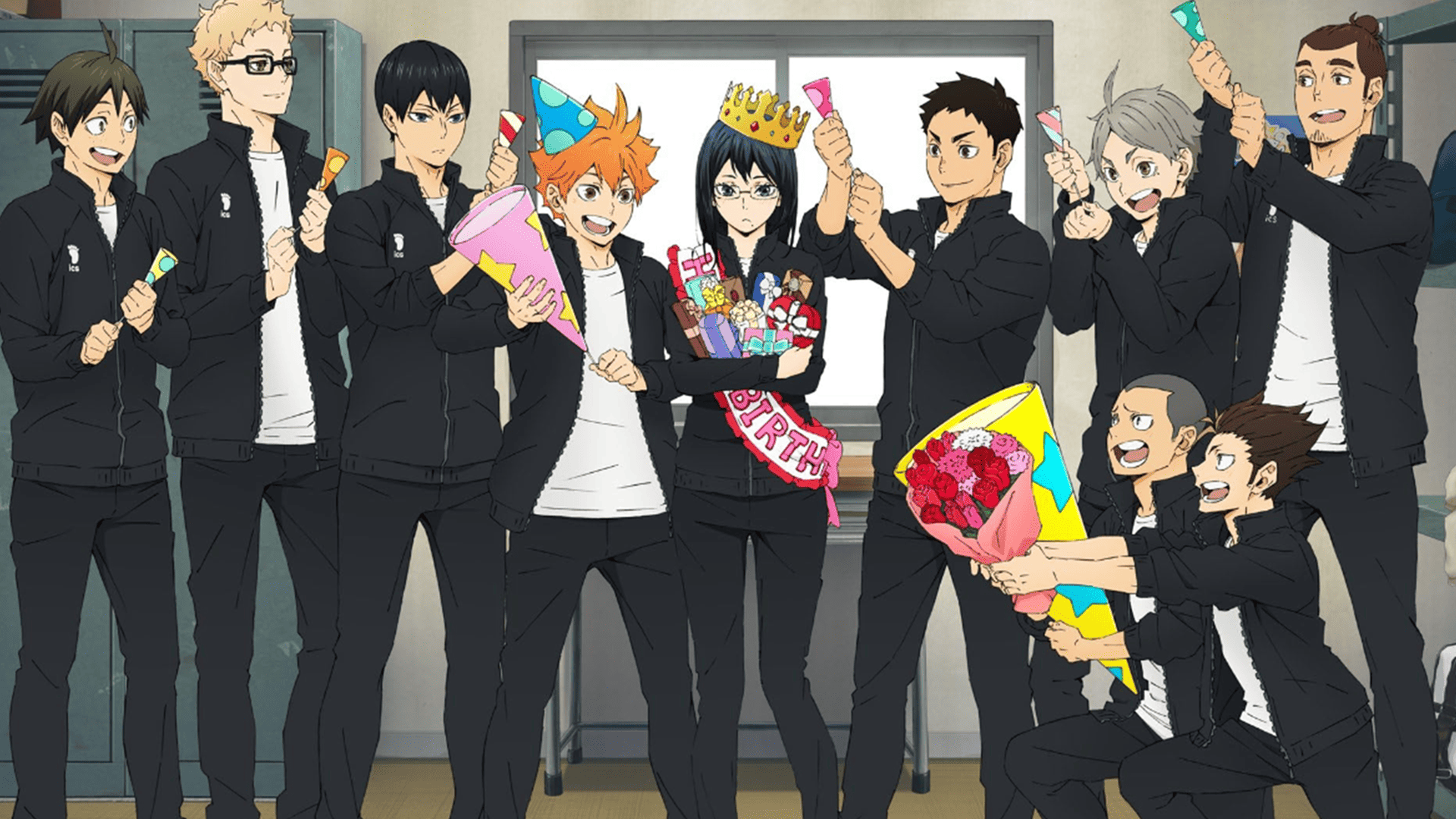
I’ve barely scratched the surface of sports anime, because I figured I could never relate. Well, that was a fumble on my part. I was fortunate to have opted for “Haikyu!!” when I did. Despite never showing much interest in volleyball, I tapped in and found myself at the edge of my seat in awe of Shoyo Hinata episode after episode. The fire and motivation for the sport and his teammates were palpable and contagious, and inspired me to pursue some of my own real-world ambitions with the same tenacity.
Of the anime listed, this has been the hardest sell for my partner. Unbothered and unable to empathize with the notion of die-hard fans in disarray after a loss, sports-related content is at the bottom of her watchlist. Pitching that “Haikyu!!,” at its core, isn’t just about volleyball, but also the longtime joys of sportsmanship, camaraderie, and dismantling the status quo, did nothing to sway her. More for us, I suppose. It’s a series evocative of the trope, “The real treasure is the friends we made along the way” — a heartwarming underdog story for anyone after some big laughs and sappy, happy tears.
‘JoJo’s Bizarre Adventure’ (2012 to Present)
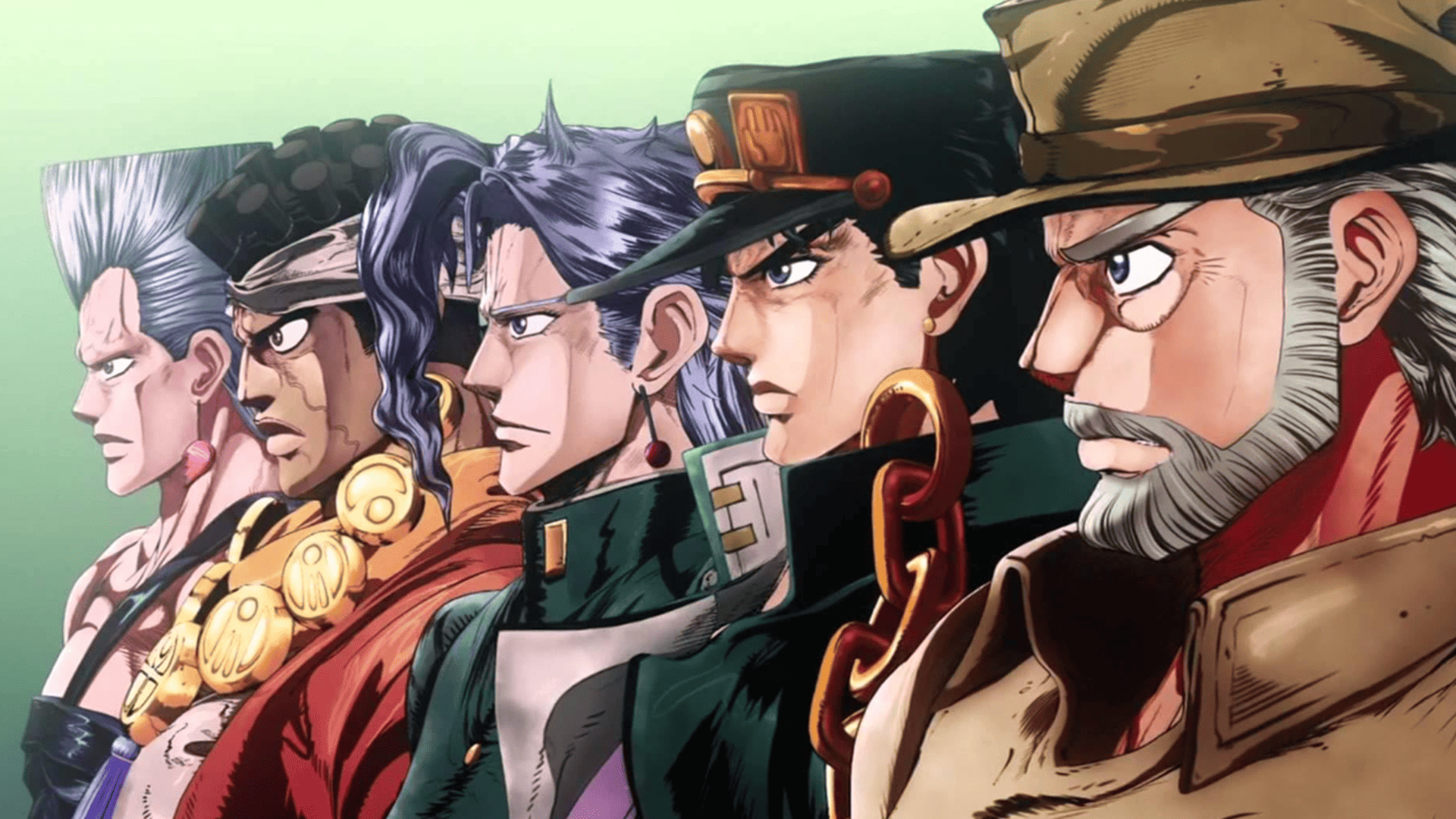
Timeless in its core material and execution, “JoJo’s Bizarre Adventure” takes a classic myth and revamps it with such devilish debonair and a plotline so thick with drama you can’t resist sinking your teeth right in. Lure your partner into the series with promises of villainous vampires and charming brick-house vampire-hunters, and sit back as the witty and wall-breaking style of the series does the rest. Stylistically, “JoJo’s Bizarre Adventure” is one of the loudest and most recognizable in the industry. Anatomy is exaggerated to unprecedented levels, and shifting colorways make for impactful breakdowns during pivotal moments.
Years of research conducted by the Joestars have led them to discover a relic of unknown power and properties. Now residing within the Joestar household where Jonathan can conduct further studies, it falls into the hands of an unequivocally evil soul: Dio, who, by unlocking and harnessing the true nature of the mask, has become almighty and immortal. Thus begins the cross-generational pursuit for the demise of Dio and his vampiric minions. The impact and influence of “JoJo’s Bizarre Adventure” are so vast and widely recognized you’ll find yourself asking, “Is this a ‘JoJo’s’ reference?” as you expand your anime watchlist.
‘Samurai Champloo’ (2004 to 2005)
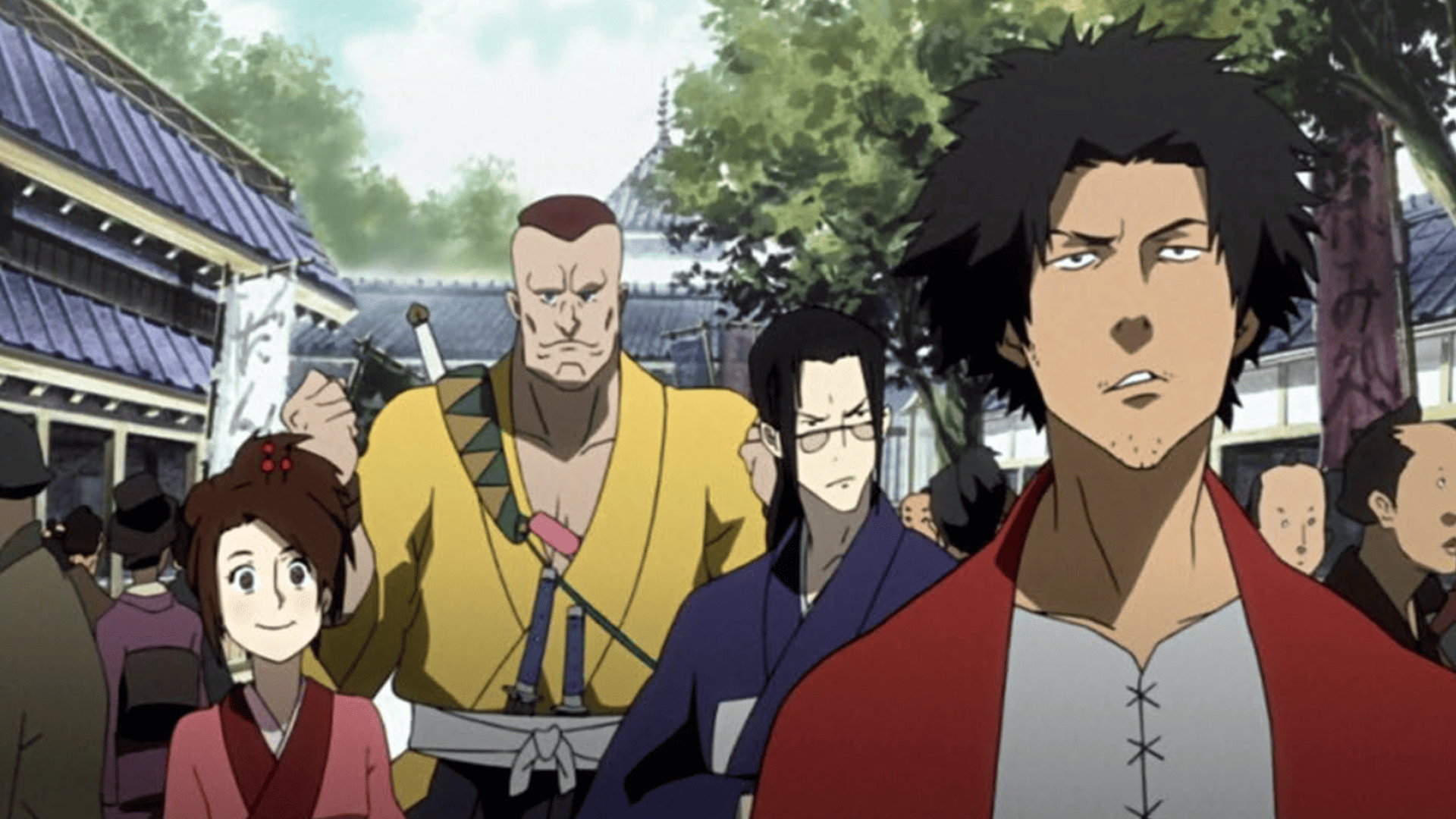
This one goes out to the old heads, the fans of the classics, the vintage-chasing needle-scratchers. “Samurai Champloo,” although gruesome and violent for its time, delivers an unforgettable blend of old-school hip-hop and Saturday morning cartoon nostalgia. Despite its overarching plot, the series is still episodic and easily digestible for anyone not ready to commit the entirety of their attention. Mugen, Jin, and Fuu all add style and depth as the main protagonists, each flexing their unique talents and charm for far different reasons than the others, ultimately forming an unlikely but tight-knit band of misfits in pursuit of the Sunflower Samurai.
“Samurai Champloo” has always been a visual favorite of mine. The intricacy and attention to detail behind the choreography of each fight scene and its musicality are something I deeply cherish about both this series and my honorable mention that didn’t make the list, “Cowboy Bebop.” I recognize the show’s music direction as a fundamental marker of the lo-fi movement. It’s a visual love letter to the roots of hip-hop, soul, and anime — the perfect choice for anyone looking to start at the beginning of it all.
